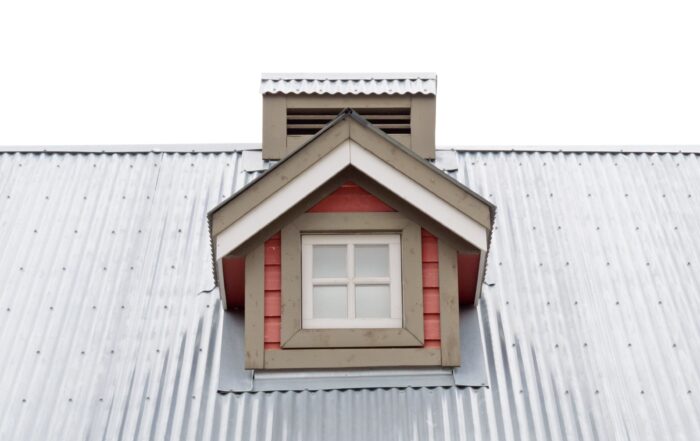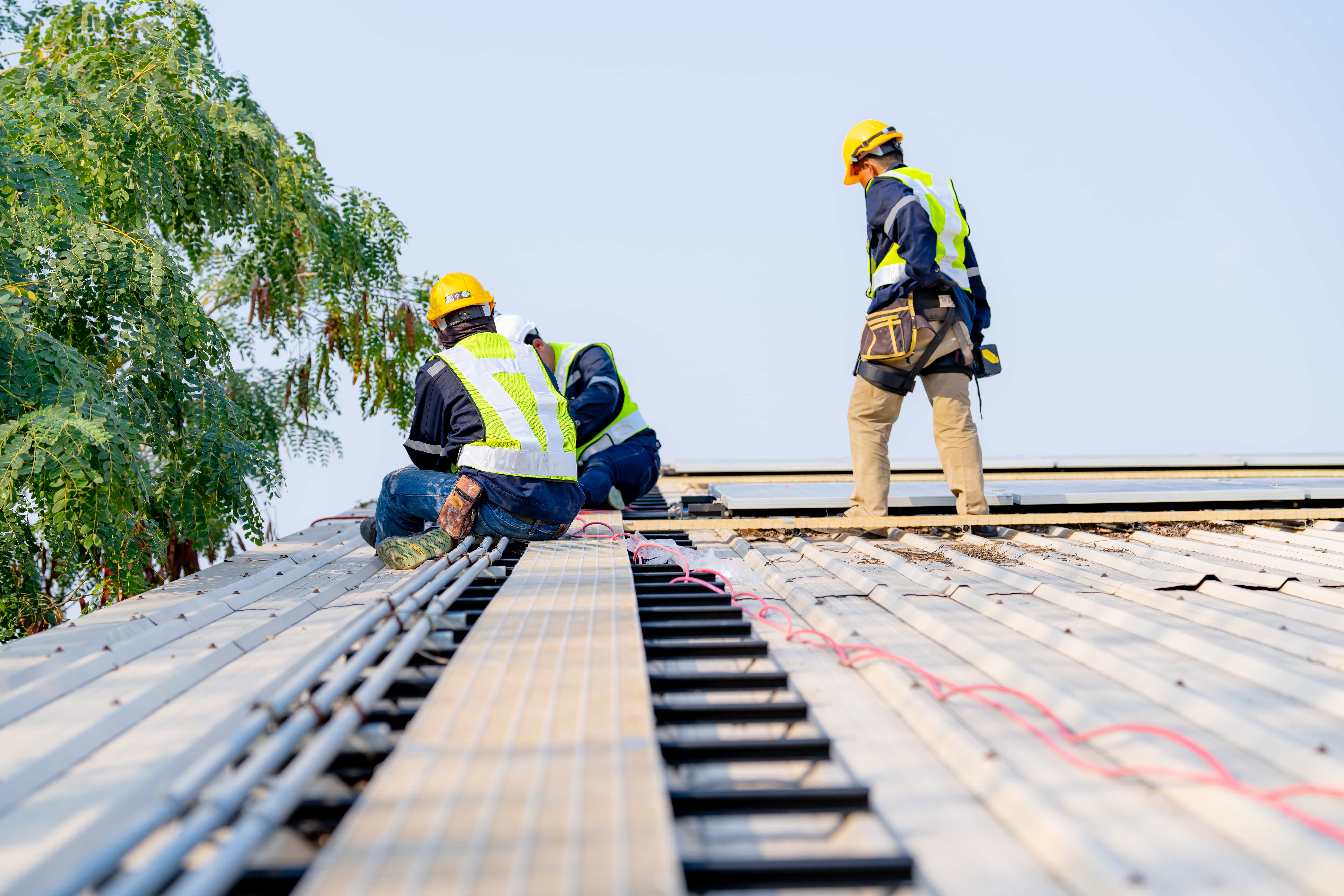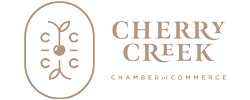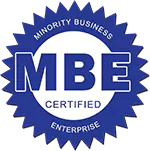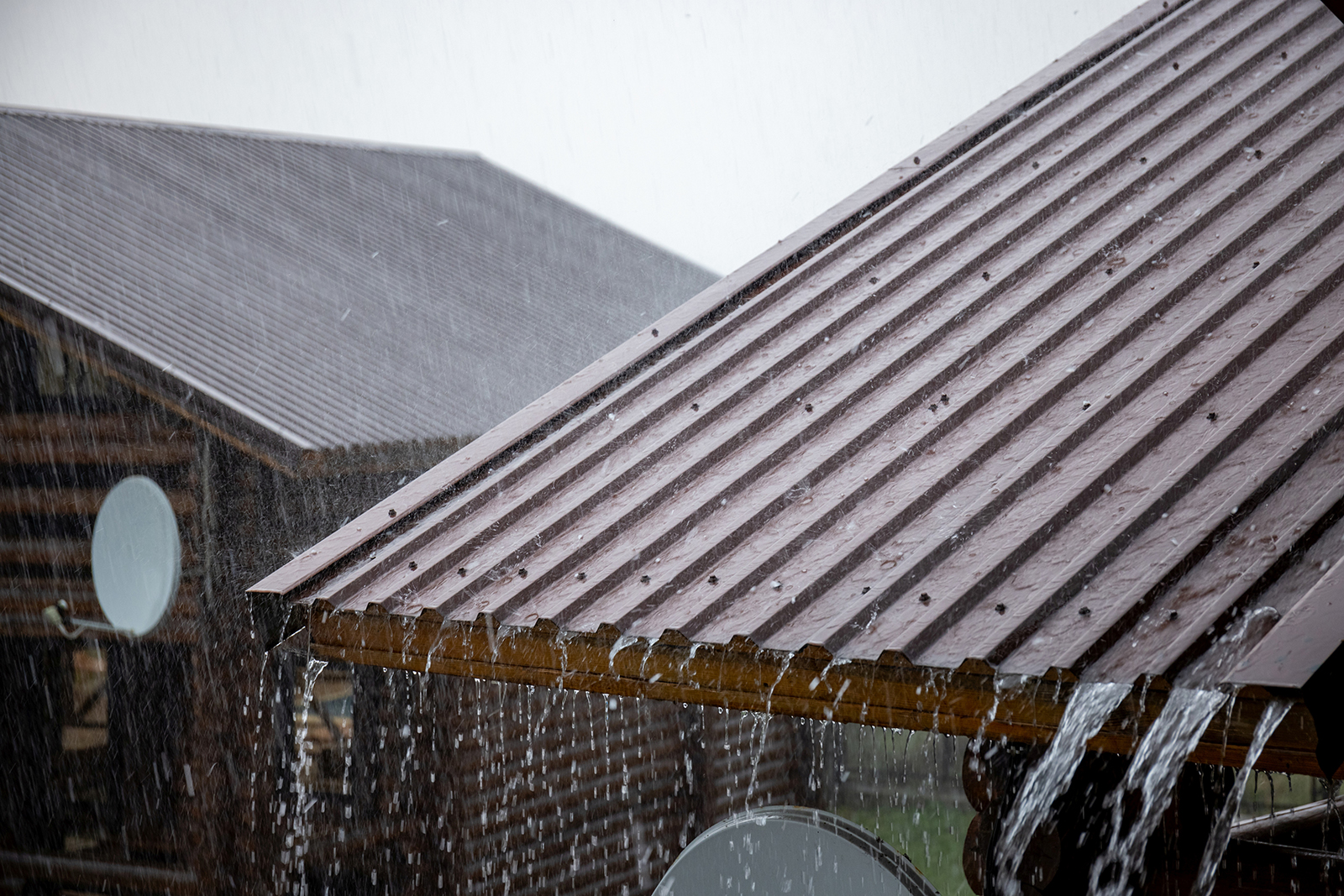
Flat Roof vs. Pitched Roof: Which is Better for Your Building?
Selecting the right roof for your building is a significant decision that affects its aesthetic appeal and also considers the functionality and maintenance of your property. Two popular roof options include flat roofs and pitched roofs, each with its own set of benefits and drawbacks. In this blog, we’ll explore the difference between flat and pitched roofs, which will help you determine which is better for your building.
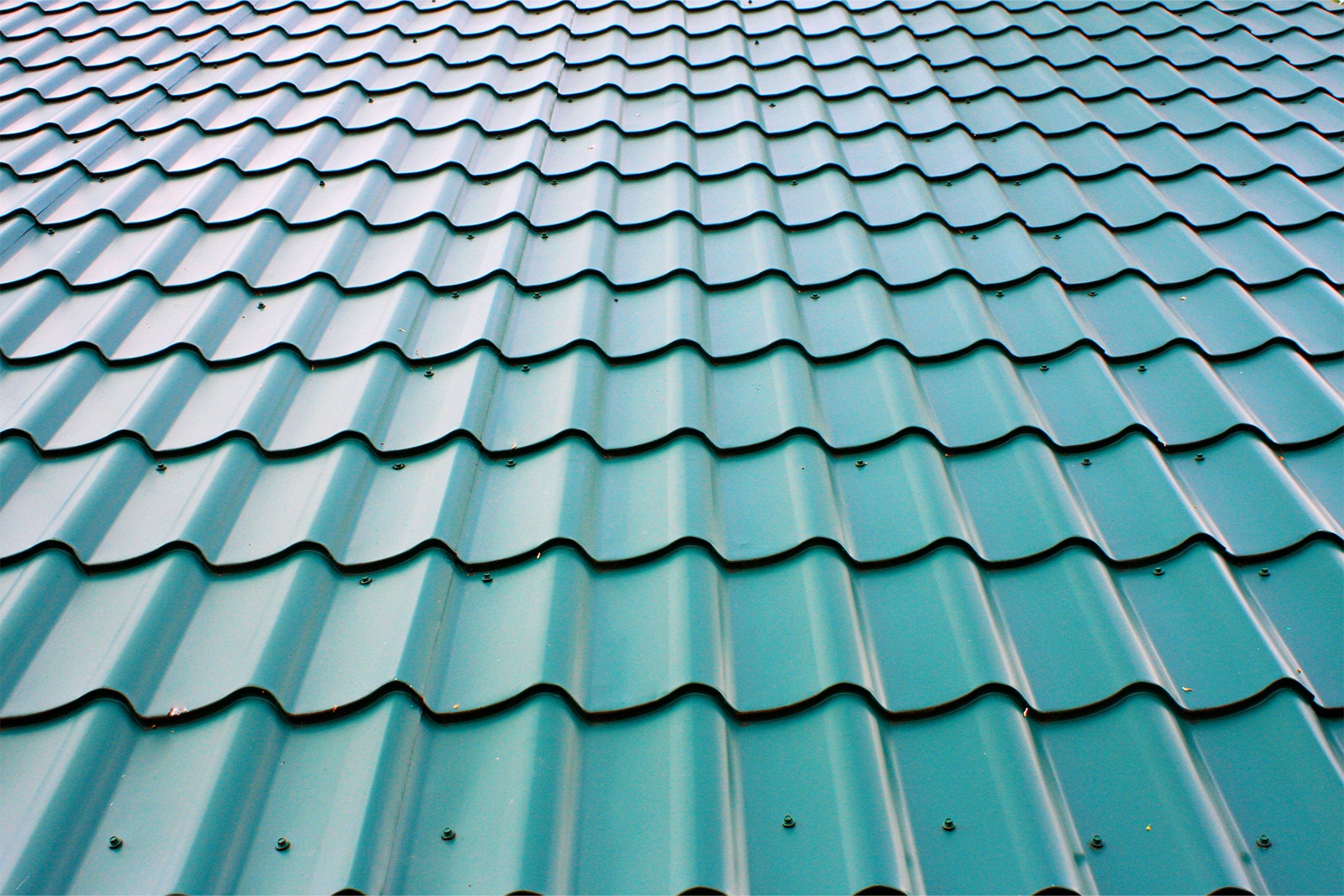
Flat Roofs: Modern simplicity and versatility
Benefits:
- Cost-Effective: Flat roofs generally require fewer materials and labor, which makes them less expensive to install than pitched roofs.
- Space Utilization: – It provides additional usable space for HVAC systems, solar panels and even rooftop gardens or recreational areas.
- Modern Aesthetic: Flat roofs provide a sleek, modern look that adds value and complements contemporary architectural styles.
- Easier Access: – Proper maintenance and inspection remain easier and safer on flat roofs due to their accessibility.
Disadvantages:
- Drainage Issues: Flat roofs are prone to water pooling, which can lead to leaks and structural damage if they are not properly maintained.
- Shorter Lifespan: – These roofs have a shorter lifespan than pitched roofs and might need more frequent repairs or replacements.
- Limited Material Options: Few material options are suitable for flat roofs, and they offer limited design choices and longevity.

Pitched Roofs: Traditional Appeal and Durability
Benefits:
- Effective Water Drainage: – Sloped design of pitched roofs permits adequate water runoff, reducing the risk of leaks and water damage.
- Durability: – Pitched roofs are typically more durable and have a longer lifespan, often 20-50 years, depending on the materials used.
- Insulation and Ventilation: Pitched roofs provide better insulation and ventilation that can improve energy efficiency and indoor comfort.
- Aesthetic Variety: – Pitched roofs come in different styles and materials, offer higher flexibility in design and improve the property’s curb appeal.
Disadvantages:
- Higher Cost: Installing a pitched roof is usually more expensive because of increased complexity and material requirements.
- Maintenance Challenges: Pitched roofs are more durable, but maintenance tasks like cleaning gutters or fixing leaks can be considered more challenging and riskier.
- Less Usable Space: The slope of a pitched roof can reduce the usable attic space and limit other options for rooftop installations like solar panels.
Cost Difference Flat Roof Vs Pitched Roof
| Aspect | Flat Roof | Pitched Roof |
| Installation Cost | Lower, typically $5,000-$10,000 | Higher, typically $10,000-$20,000 |
| Materials | Fewer Options, generally less expensive | More options, generally more expensive |
| Maintenance | More Frequent and potentially costly | Less frequent and generally less costly |
| Lifespan | Shorter, often 10-20 years | Longer, often 20-50 years |
| Drainage | Prone to water pooling | Excellent water runoff |
| Usable Space | Provides additional rooftop space | Limited additional space |
Flat roofs have lower initial installation costs but require more frequent maintenance and have a shorter lifespan. Compared with pitched roofs, they are more expensive to install but provide better durability, less maintenance, and more effective water drainage, making them a more economical long-term choice.
Which roof is better for your building?
Homeowners’ choice between a flat roof and a pitched roof depends on several factors, including budget, building architectural style, climate, and intended use of the roof space.
- For Commercial Buildings: – If you are a commercial roof property owner, then flat roofs are preferred for commercial buildings due to their cost-effectiveness and additional usable space. Further, you should know what a flat roof doesn’t have for making the right selection.
- For Residential Buildings: Pitched roofs are more common for residential buildings as they are durable, have an aesthetic appeal, and perform better in different weather conditions. That makes them a perfect choice for homeowners. Pitched roofs have a wide range of benefits compared to flat roofs. They generally have a longer lifespan, offer greater tensile strength, and need less maintenance. Overall, they can be more economical, provided you can manage the higher initial installation cost.
Overall, both flat and pitched roofs have unique benefits and potential drawbacks that must be considered when making a decision about your roof. It’s essential to evaluate specific needs and consult with a professional roofing contractor to make an informed decision that best suits your building needs and goals.
You should understand the difference between flat and pitched roofs. You can select the one that aligns with your vision and provides the most value for your investment. Whether you prioritize modern design and utility or traditional aesthetics and durability, there’s a roofing solution that remains perfect for your building.
Also read: Modern roof designs types
Excel Construction Group Can Help
You might get confused about whether to choose a pitched or flat roof. The decision is big and might have long-term implications for the maintenance and inspection of your building. To determine which is best for you, reach out to our team at Excel Construction Group. Give us a call at (844) 601-ROOF (7663) for assistance from our professionals.

